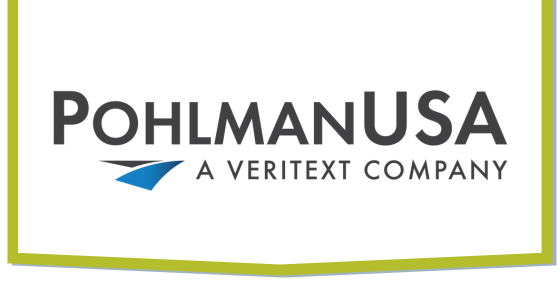Nationwide, litigators finding themselves involved in increasingly complex litigation are seeking resources to gain a competitive edge in the courtroom. The latest high-tech tool in the toolbox is three-dimensional (3D) graphics and animation. The technology is akin to virtual crime reproductions frequently seen on the long-running TV series, “CSI: Crime Scene Investigation.”
Near-lifelike 3D graphics and animations have been used in the courtroom dating back to the mid-1990s. As the technology has evolved in sophistication and capabilities, it also has become more popular, readily available and cost-efficient. In fact, the use of graphics and animations helped attorneys for Cross County Collaborative in the 100-day trial in their efforts to educate jurors. The jury decided in favor of the attorneys’ client, defeating Metro in November 2007.
Since roughly 70 percent of all people are visual learners (rather than audio learners), more litigators are taking the advanced “show and tell” approach to case presentation, using computer-driven animation to illustrate complex information in interesting and understandable ways. Intricate cases and complex accounts are much easier for judges and jurors to comprehend – and retain – when they can see the story as it is being explained.
Further, judges and jurors are “hardwired” to be receptive to the approach in this Digital Age, an era filled with high-definition (HD) television, computer monitors, smartphones, mp3 players, e-readers and other devices. Plus courtroom infrastructure now includes the technology needed to share the images and animations, such as HD projectors, large projection screens, monitors and DVD/multimedia players.
The 3D technologies are especially useful in certain, highly-visual practice areas, including personal injury, transportation, medical malpractice, product liability and patent infringement. And broadly speaking, there are six scenarios when animation and 3D graphics can prove particularly pivotal. They are …
- in highly-complex, technical cases,
- when time, motion or speed need to be slowed,
- when expert testimony is difficult to visualize,
- when alternative theories need to be compared,
- when it is not feasible to recreate events, and
- when a clear, visual timeline needs to be established.
Animated trial technology can reconstruct accidents, travel through a home or facility, interactively present charts, graphs and timelines, or even “tour” what happens inside the human body – down to the cellular level – to enhance understanding. In addition to adding an element of sophistication to courtroom presentations, the tools also are beneficial for attorneys during pre-trial, arbitration, mediation, settlement talks and focus groups.
An animator is needed to produce high-quality 3D graphics and animations. And plenty of support material must be submitted at the project’s start. Examples of items used to develop the 3D graphics and animations are witness and/or expert testimony; police reports; schematics; architectural drawings and blueprints; photographs; maps and satellite images; and/or computer-aided drafting (CAD) documents.
Computer-generated 3D graphics and animations are created using a three-step process: modeling; layout and animation; and rendering.
Modeling is the process by which an object’s shape (length, width and depth) is formed. Typically, 3D models are originated on a computer by an animation artist using a variety of 3D modeling tools, or the model is scanned into a computer by using actual objects.
Layout and animation places a 3D model within a scene and motion is applied. The scene helps define the spatial relationships among multiple objects within one scene, including location and size. The model becomes an animation once it is defined how a form moves through space, deforms and interacts with other forms over a set period of time. Movement is added to the model through various methods, such as applying concepts drawn from physics and mathematics to determine direction, speed and rotation; defining the “start” and “end” frames and then building the necessary transitions; and recording actual movement and applying it to the computer-generated model (a common technology used in filmmaking, video games and sports television).
Rendering adds the element of reality to 3D graphics and animations. Light and shadow are applied to each form in a process called transport. Another process, called scattering, simulates the effects of light interacting with each surface type. The rendering then is completed using 3D computer graphics software.
Fees for the emerging technology are wide-ranging, based primarily on project complexity. However, cost and time efficiencies can be achieved by supplying the artist with as much support material as possible at the very beginning. Services are billed hourly, and estimates are always provided at project start. A 3D graphic typically requires one to eight hours for development. The creation of a 3D animation can range from 10 to 80 hours or more. However, each 3D project is unique and may require more or fewer hours than the typical hourly ranges. For each, it’s good to plan ahead since it will take at least two weeks for final project delivery.
The next time litigators face the challenge of simplifying a highly complex incident or accident, 3D graphics and animation technology might provide a practical option to ensure all case participants, the judge and jury are able to develop a complete understanding of the facts of the case. The extra investment to “show and tell” a story may prove to be the tipping point for a case to be awarded in a client’s favor or serve as a practical defense against another litigation team’s use of these powerful communication and presentation tools.

